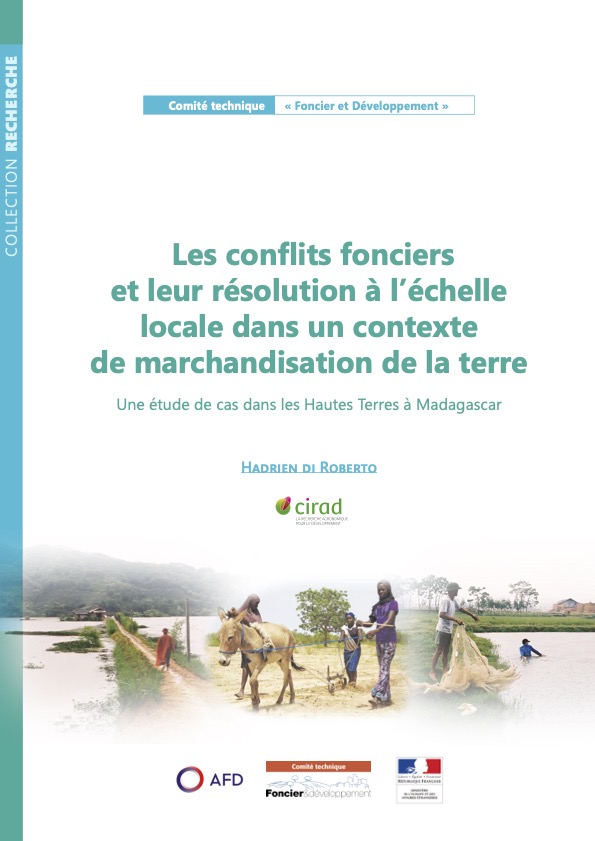Les conflits fonciers et leur résolution à l’échelle locale dans un contexte de marchandisation de la terre
Les conflits fonciers et leur résolution à l’échelle locale dans un contexte de marchandisation de la terre. Une étude de cas dans les Hautes Terres à Madagascar.




